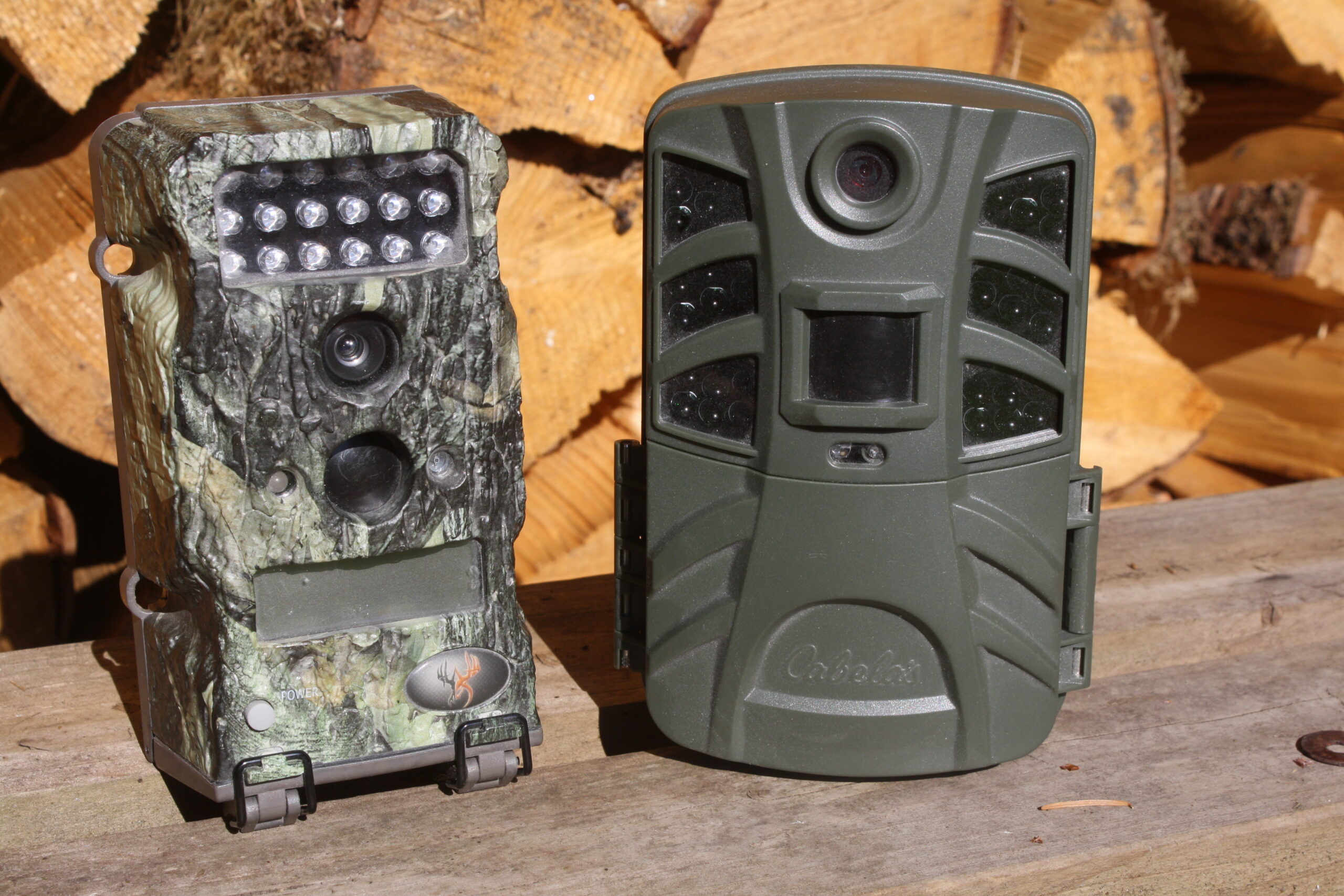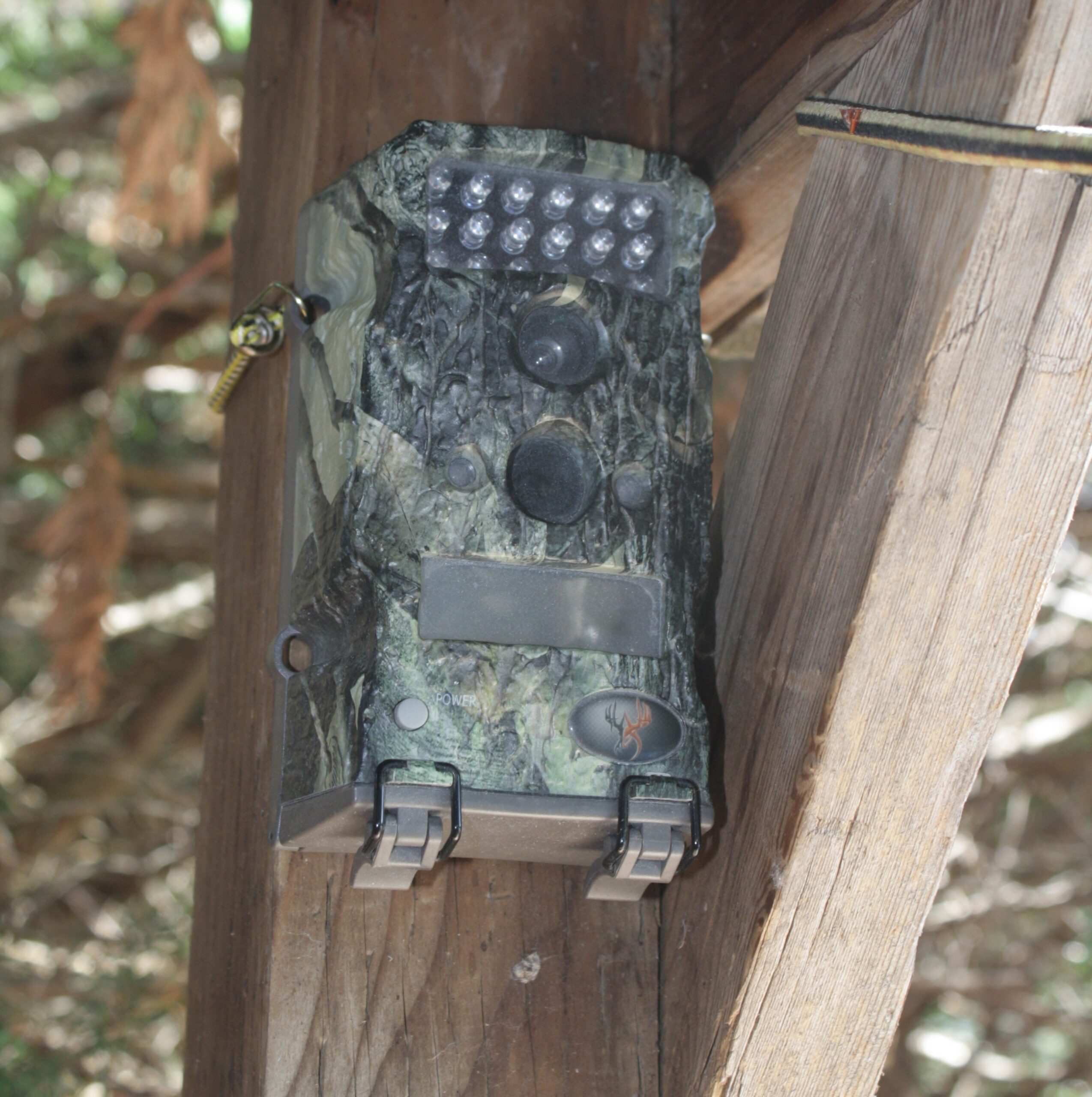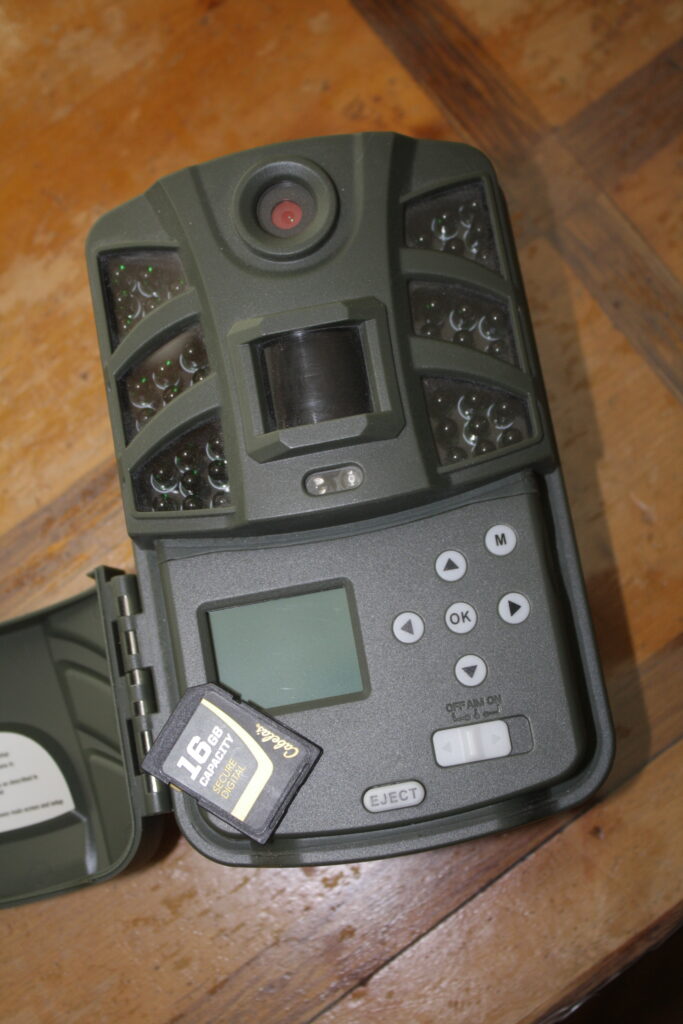
By Dave Workman
Editor-in-Chief
Years ago, after some thief stole my chainsaw and a small axe from a detached workshop, it occurred to me there might have been an apprehension had there been photos of the miscreant.
The same observation came from the sheriff’s deputy who took the report.
“Get a trail cam,” he suggested.
I had two, but neither had been hooked up to keep an eye on the workshop door at the time. That has since changed, and added to my other security system as a backup nobody notices because it’s positioned inside of my woodshed.
Trail cameras are not just for use during the hunting season, or even the weeks leading up to the season opener. Powered by AA batteries, a trail cam can run quite a while, taking images relatively undetected 24 hours a day.
One can find such images frequently posted on social media, featuring deer, elk, wild turkeys, assorted small game, and sometimes people. I have one acquaintance with a camera on his property about 200 miles from his residence, and he’s always posting wildlife images from the driveway.

I’ve stumbled upon game cameras in the high country of Washington State, usually monitoring heavily-used game trails. Once I found such a device on a small tree monitoring activity around a salt block someone had left, which appeared to have attracted a fair amount of wildlife.
A quick glance at the Cabela’s website reveals there are dozens of trail cam models available, including some which are wireless. Others must be retrieved and their images—captured on a card—can be examined on a laptop or even by inserting them in a camera and perusing the collection.
If you’re planning to leave the camera in position for a while, it’s a good idea to use a memory card with the most storage space possible. Both of my units are fitted with 16GB cards, enough for hundreds of images.
Trail cams typically require eight AA batteries, and I’ve had good luck with Costco’s Kirkland brand and Duracell batteries.

A recent check with both Cabela’s and Bass Pro Shops websites reveals some fairly good deals on trail cameras. Most of these units are pretty rugged and they capture good images, and if you purchase one, it’s likely you’ll get a second for full coverage of a hunting area, or maybe a vacation cabin or just your home front and rear.
But this brings us around to the primary purpose of a trail cam. It’s built to be posted somewhere in the outdoors and now is the time of year to start thinking about where such an accessory might do the most good. I’m not suggesting you take a hundred-mile trip to stick a trail cam on a tree and then drive the hundred miles back home, especially not with the current cost of gasoline. But as I’ve counseled in the past, this is a good time of year to be taking a camping trip to an area you plan to hunt in the fall, just to see what’s up, and while you’re in the neighborhood, put your trail cam up in a good spot for a night or two. Retrieve it as you head for home and get a look at what might have passed by while you were busy doing other things.
Trail cameras are fairly simple to use, and they could be one of the best investments an outdoorsman or woman will ever make.



